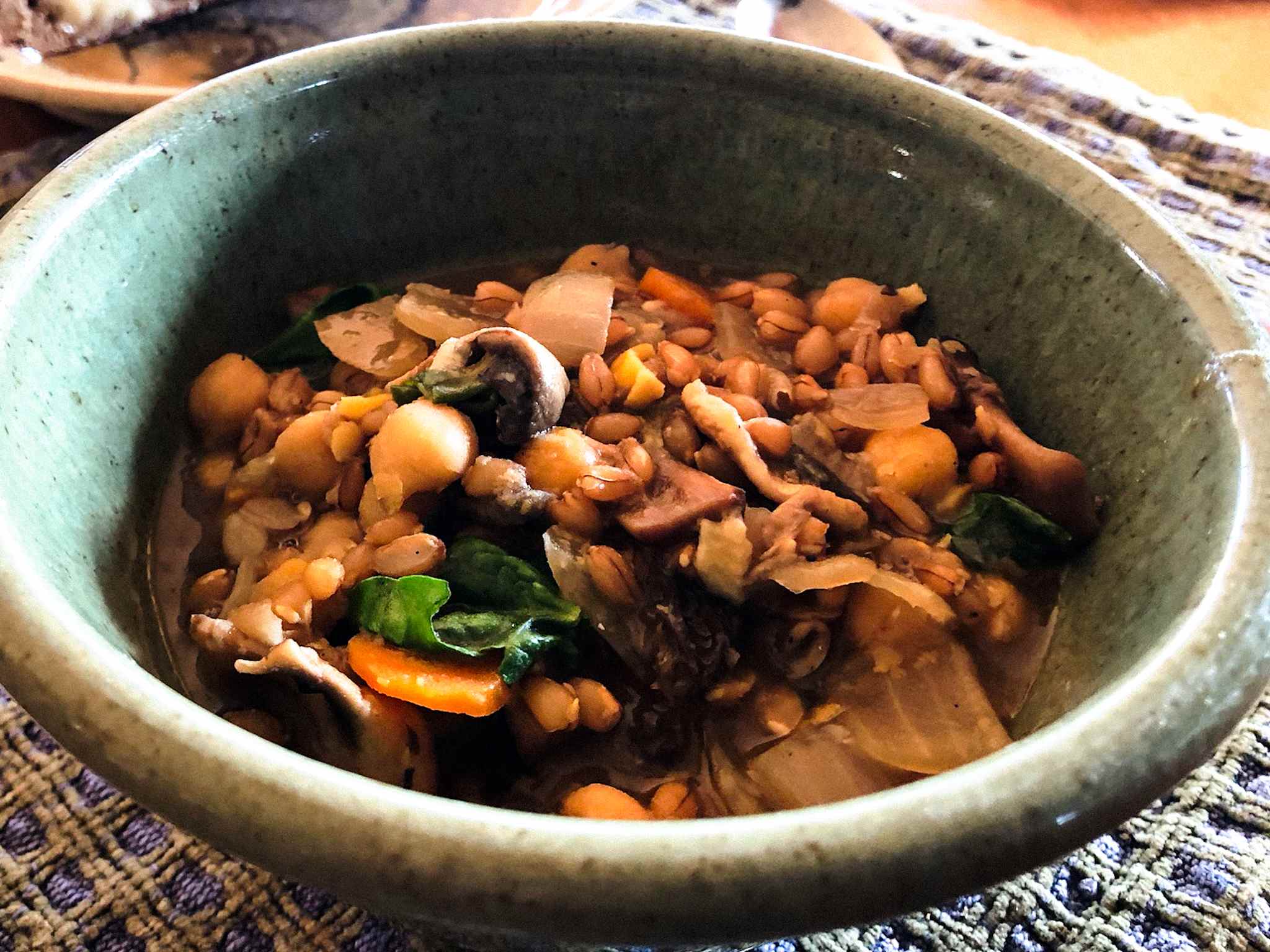
Emmer and Farro are the same thing, right? Right! Just be aware of some key differences between our product and the farro you might find in your grocery store.
What is the difference between Emmer & Farro?
Emmer is an ancient wheat, a simple grain with 28 chromosomes, dating back approximately 17,000 years to the beginning of agriculture in the Fertile Crescent Region of Mesopotamia.
Farro is the Italian term for ancient hulled or “husked” grain. Farro can actually refer to all three ancient wheat varieties—Emmer, Einkorn, or Spelt—although on our site, it is usually used interchangeably with the Emmer grain. Most farro sold in grocery stores has been through a ‘pearling’ process that makes it quicker and easier to cook. This is the key difference between most commercial farros and our emmer farro.
Bluebird Emmer (and all the ancient wheats) features a tight outer layer called a husk, a protective, straw-like layer that adheres tightly to the kernel and must be removed before consumption. Most modern wheat has been hybridized for industrialized agriculture so that it is harvest-ready, with a thin and papery hull, easy to remove with little or no threshing required. Commercial varieties of farro still grow with the husk, but before packaging the husks are shaved down or ‘pearled’ so that the grain is easier to cook and process. This process also removes the grain and bran from the emmer berry, meaning that much of its nutritional value and high protein content is lost.
Our emmer berries, on the other hand, are sold intact, which means they retain both the germ and bran – they are, in fact, living seeds. We go through a lengthy process in cleaning and de-hulling Emmer to keep its integrity so that you receive all the benefits of a truly whole, organic grain when you purchase our products.

What you need to know about Bluebird’s Emmer Farro
The generic name for our Emmer Farro is Triticum dicoccum. It is the oldest of the ancient hulled wheats, dating back about 17,000 years, with spelt (Triticum spelta) and einkorn (Triticum monococcum) being its younger siblings that date back between 11,000 and 7,000 years. While most spelt varieties have been hybridized for bread baking qualities, emmer is sold primarily as a whole grain.
The particular strain of Triticum dicoccum that we use to grow our emmer crops originally came from Rwanda, out of the World Seed Bank over 30 years ago. The same strain is still grown in parts of Africa, Northern Italy, Turkey, and Germany for its high protein, fiber, and trace minerals.

